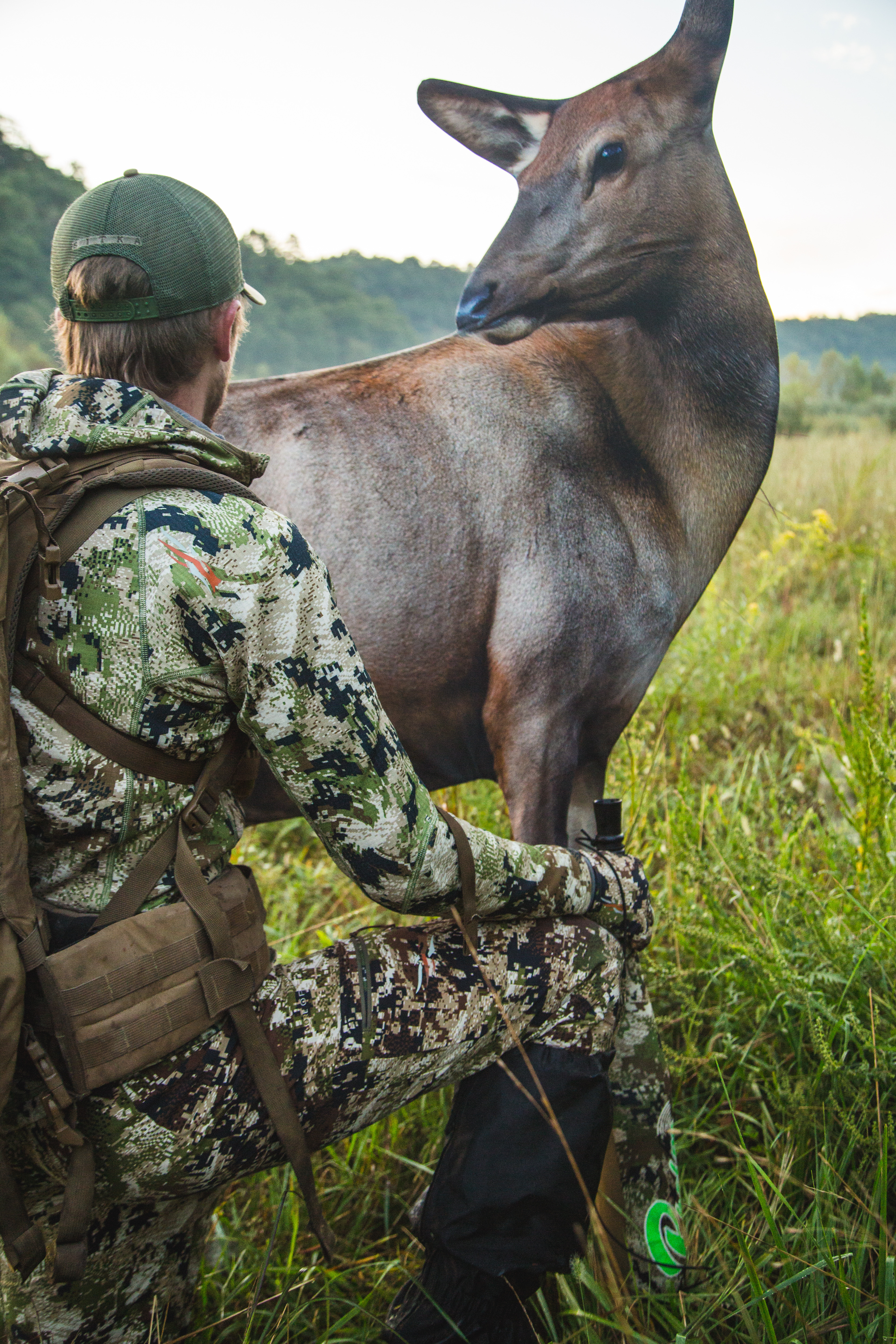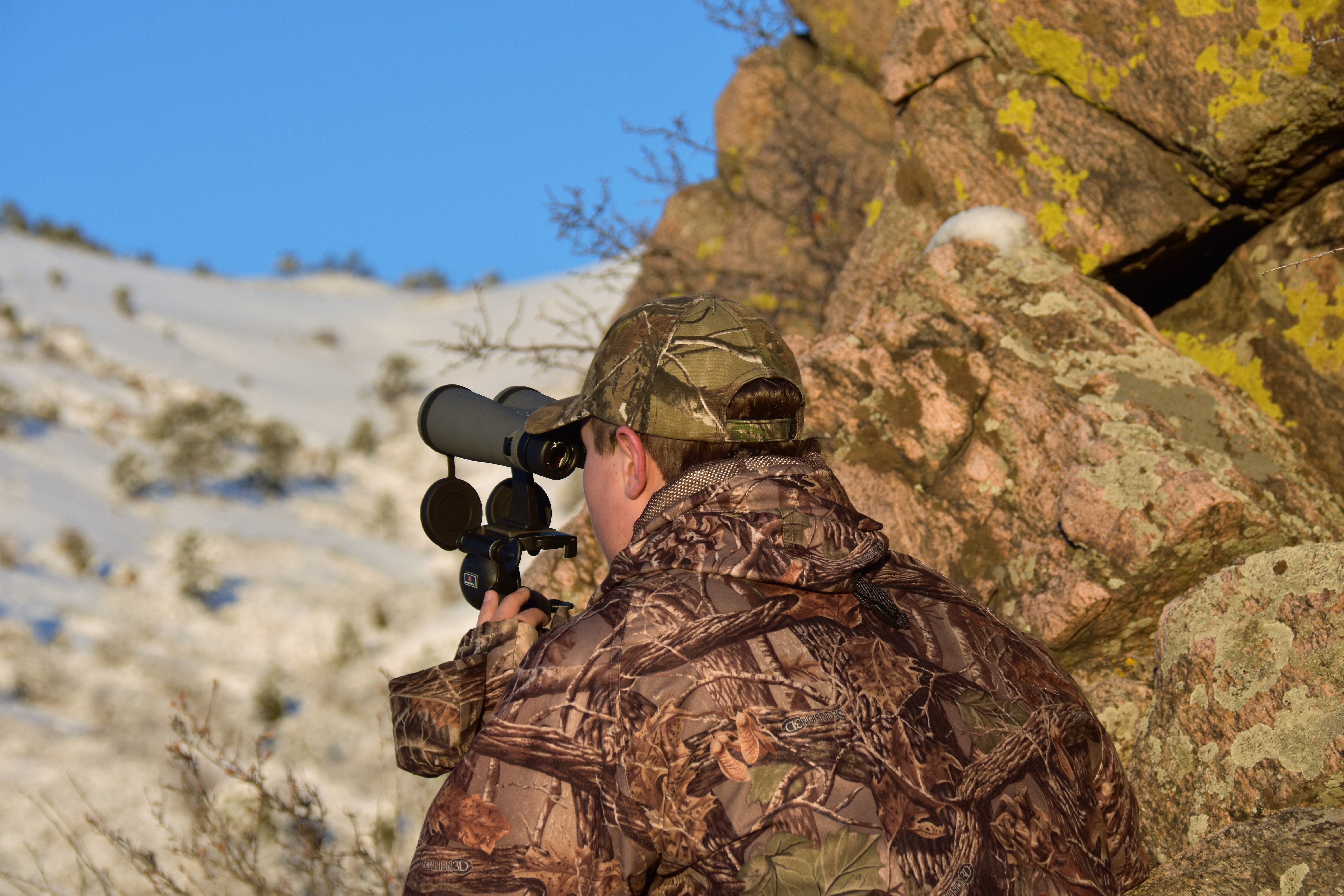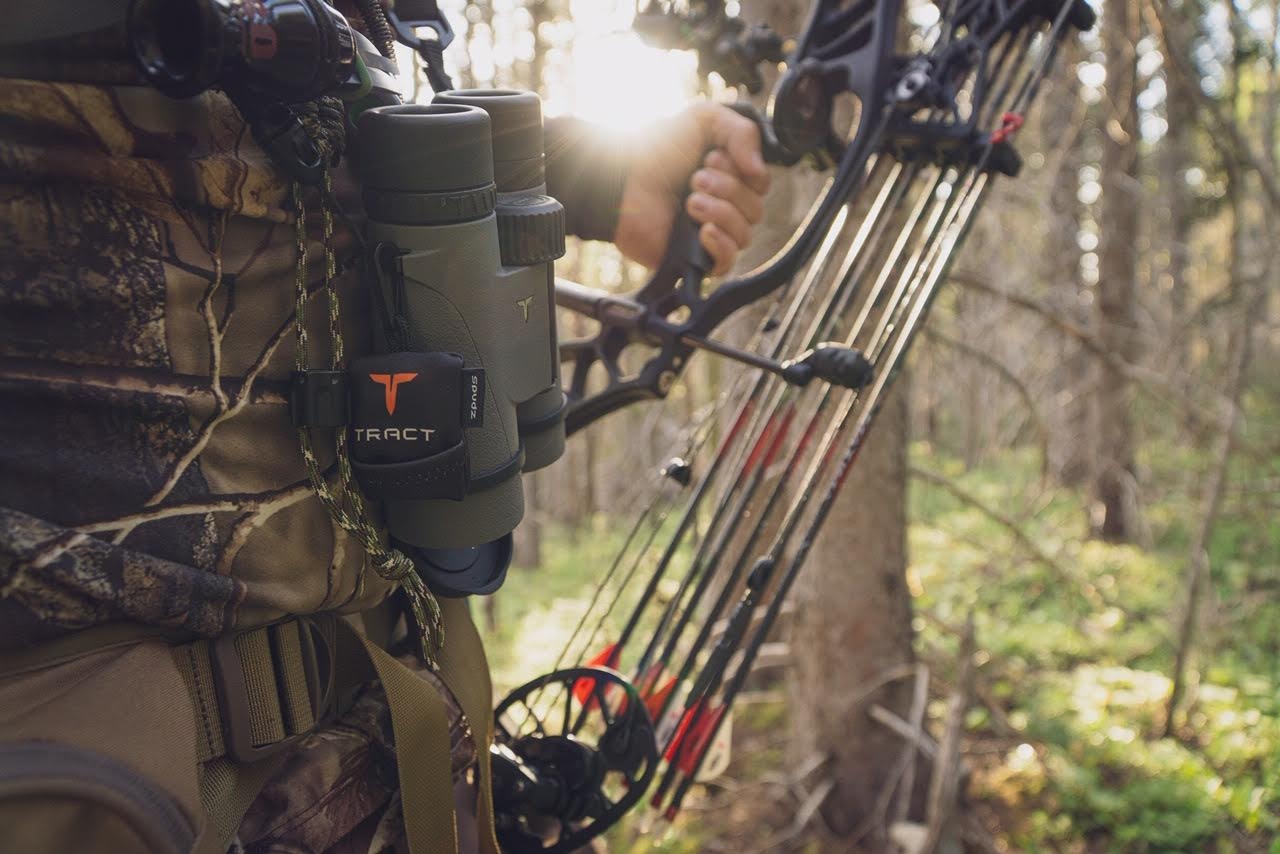Sep 9, 2019
GLASSING TO FIND MORE BULLS
The big views found in some elk country is a great opportunity to put your optics and your stalking ability to the test. Depending on the terrain, spotting the elk can be tough. In the morning, get to a vantage point and start scanning the terrain for herds elk. Many people think they need for a little higher magnification on a western hunt but you also want to make sure you get the best glass and coatings possible. Check out this blog on picking a bino to make the best decision possible.
How to glass
A good technique when glassing the open range is to break the terrain up in grids. Take your time and study each grid carefully. Get comfortable as you will be able to glass longer and more effectively. Once you spot a viable target, plan the stalk using any available terrain features to your advantage. Your optics are key in planning your route to the elk. Going over it several times while still at your vantage point will save you time and mistakes later.

Decoys can help
A decoy like the RMEF Cow Decoy is the perfect tool to keep your frame hidden. It sets up fast in any terrain and is an excellent shield when covering open ground. Check out this video from the folks at Outback Outdoors explaining the benefits of the RMEF Elk decoy.

Start making your way toward the herd with the decoy in front of you. When you get within earshot of the bull and his group of cows, stake the decoy into the ground or hang it from a tree limb. If hunting with a buddy, have him or her man the decoy. While you slip ahead 20 yards (use your optics and the wind to your advantage) to hide in any cover you can find. Once in a shooting position, start calling and wait for the bull to come corral what he thinks is another lady into his harem. If elk share the area with cattle or pronghorn get creative with your decoy. A Big Red Moo Cow or Eichler Antelope can also be used for cover and sometimes attract less attention than an elk decoy. Keep your eyes busy as a bull besides the one you spotted may sneak in first.

Don’t be afraid to move quickly
When bulls are focused on cows, you may find better success moving aggressively with a decoy in short bursts versus walking on eggshells. Use a “lost mew” call to get the bull’s attention and just flash or tease him the decoy for a little bit. Sometimes this teasing is more than they can stand. Elk may move several miles each morning and staying with them can be tough. They prefer moving with the thermals in their face. It’s best to approach a herd from the side as those thermals can switch when you least expect. For obvious safety reasons, use this tactic during archery only seasons.

Glassing On the Move
When trying to cover a lot of country there are times when glassing free hand is a must. But glassing free-hand has its challenges in keeping your bino steady. Here’s a few tips to help when on the move:
-Invest in a Bino Harness. They keep the binocular close to your body and ready for quick use.
-Use your bow limb as a brace to keep the binos steady. Try it…It works better than you might think in keeping the image steady.
-If the decoy is set and you have time, resting your elbows on your knees is an effective way to minimize the greatest amount of movement. Having a decoy that easily stakes into the ground is key in having both hands free to glass.
